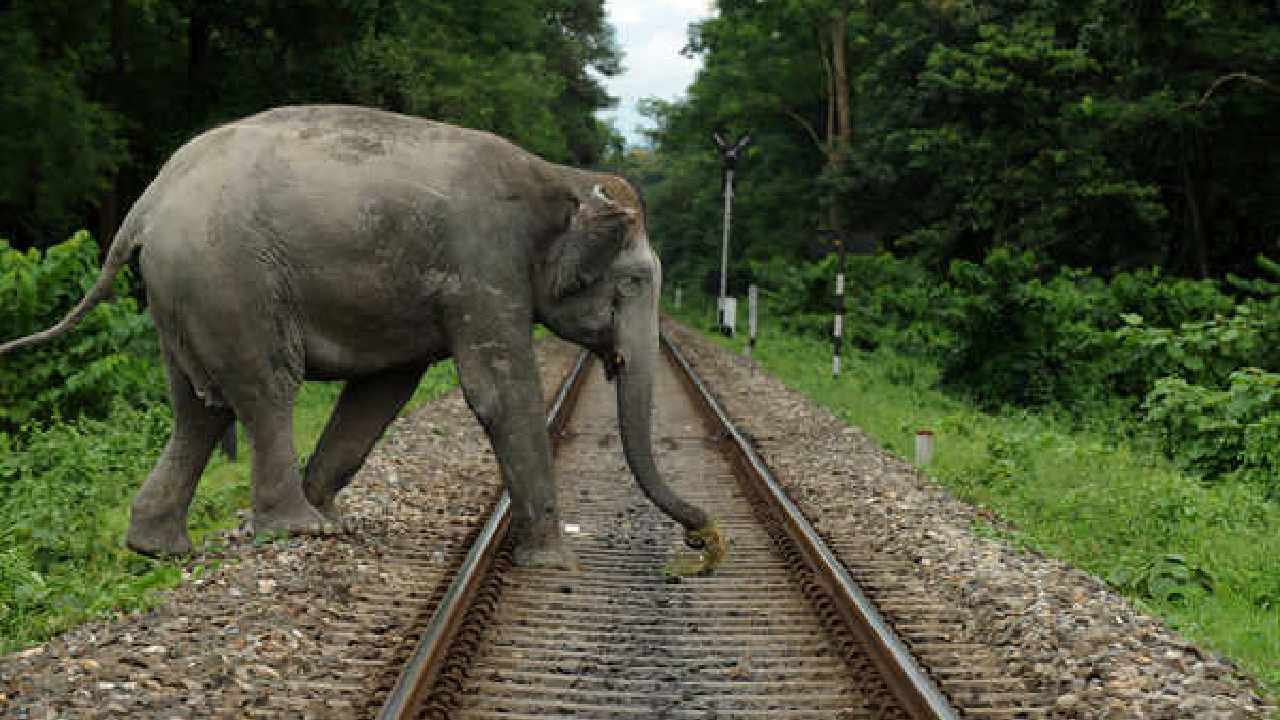There’s bad news for India on its biodiversity front. Just under 12% of its vertebrate animal species has entered the threatened category, according to the latest Red List of the International Union for Conservation of Nature and Natural Resources (IUCN).
The IUCN’s Red List is based on monitoring extinction rates of animals and plants between 2006 and 2022 and consists of those species that are vulnerable, endangered, critically endangered, or extinct. So far as the animal category is concerned, India figures among the top 20 countries in terms of the total numbers with 6,848 species. Of these, as many as 813 have been included in the Red List.
Started in 1964, the IUCN’s Red List of Threatened Species has evolved to become the world’s most comprehensive information source on the global extinction risk status of animal, fungus and plant species. The Red List is a critical indicator of the health of the world’s biodiversity and is also referred to as the ‘Barometer of Life’. There are more than 150,000 species assessed by the IUCN of which 42,100 are threatened with extinction.
Several iconic species of India find mention in the list such as the tiger, the Asian elephant, gharials, vultures, the great Indian bustard, river dolphins, lion-tailed macaques and dholes (Indian wild dogs). There are in addition a number of other less prominent or vilified mammals like bats and rats, reptiles like cobras and tortoises as well as varieties of lizards, toads, the Namdapha flying squirrel and the aquarium fish called the Miss Kerala Look Alike found in the hill streams of the Western Ghats—all of which are important for maintaining biodiversity and ecological balance.


























